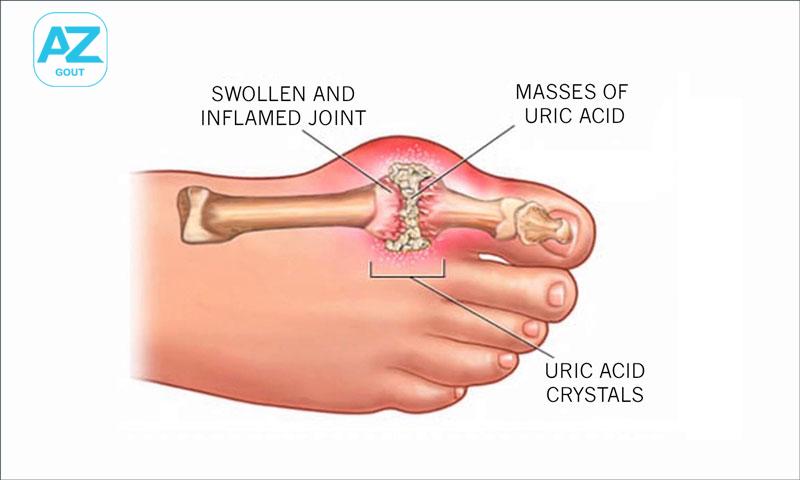
Tonsil stones, or tonsilloliths, are hard, white or yellow formations that can appear on your tonsils. Affecting around one in ten people, they might surprise you if you find one in the back of your throat or cough one up unexpectedly.
What Are Tonsil Stones?
Tonsil stones are calcified debris found in the crypts of the tonsils, which are the glands located on either side of your throat. These stones form when food particles, bacteria, and other substances become trapped in the tonsil crypts and harden.
“While a tonsillectomy can eliminate tonsil stones, it’s not necessary in most cases,” explains Dr. Alvin Ko, M.D., an otolaryngology (ENT) specialist at GoutAZ. Gargling after meals can help dislodge stones and prevent their formation. Larger stones can often be removed by your doctor in the office.
What Causes Tonsil Stones?
The formation of tonsil stones is not entirely understood, but several factors may contribute:
- Size of Tonsil Crypts: Larger crevices in the tonsils may be more prone to stone formation.
- Food Particles: Foods that don’t dissolve easily can contribute to stone development.
- Bacterial Accumulation: Some people may have a greater tendency for bacteria to become trapped in their tonsils.
Symptoms of Tonsil Stones
Most people are unaware they have tonsil stones unless they accidentally cough one up. Symptoms can vary, with the most common being:
- Bad Breath: Tonsil stones can cause halitosis due to bacterial buildup.
- Sore Throat: Occasionally, tonsil stones may cause discomfort, though this is often attributed to other conditions like laryngopharyngeal reflux (LPR).
Dentists might discover tonsil stones during a routine examination, or they might show up on imaging tests like a CT scan used for other health evaluations.
Diagnosing Tonsil Stones
Diagnosis typically involves:
- Physical Examination: An ENT specialist will examine your mouth and throat thoroughly.
- Endoscopy: This procedure uses a flexible tube with a camera to get a detailed view of your throat, often after applying an anesthetic.
Learn more about endoscopic procedures at Johns Hopkins Medicine.
Treatment Options for Tonsil Stones
Most tonsil stones are harmless and don’t require extensive treatment. Here’s how to manage them:
- Gargling: Use plain or lightly salted water, or water mixed with a splash of hydrogen peroxide after meals to help dislodge stones.
- Self-Removal: A water pick on a low setting or gentle use of a cotton swab can help remove stones. Avoid sharp objects to prevent injury.
- Professional Removal: For persistent stones, a doctor can remove them in-office.
For information on tonsillectomy and its risks, refer to American Academy of Otolaryngology.
When to Consider Surgery
If tonsil stones are frequent and troublesome, surgical removal of the tonsils (tonsillectomy) might be an option. However, consider the potential risks:
- Anesthesia Risks: General anesthesia, while generally safe, carries risks, especially for those with certain health conditions.
- Surgical Risks: Follow-up care might be needed to address bleeding, and recovery can be painful.
- Pain and Recovery: Most people experience significant throat pain for up to ten days post-surgery.
Consult with your doctor to explore the best treatment options based on your specific situation.
By adopting conservative measures and maintaining good oral hygiene, many people find relief from tonsil stones and can manage their symptoms effectively.








